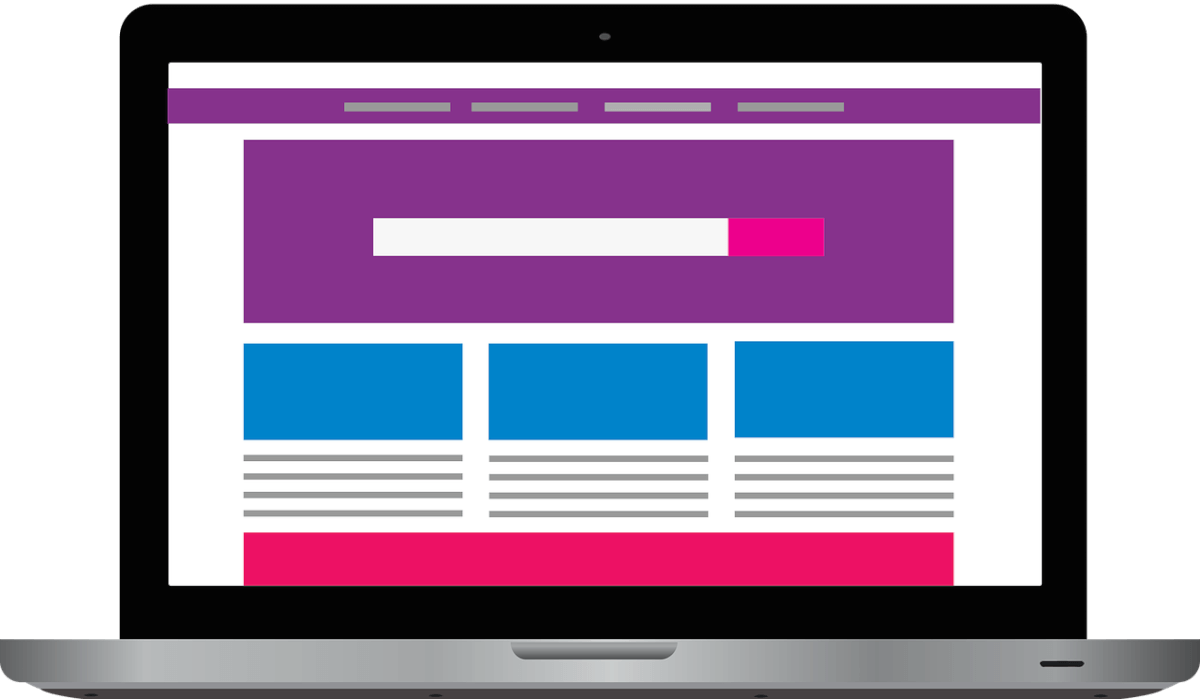Blog posts are one of the most effective forms of content marketing.
As such, it’s important to structure them in a way that will promote high chances of success. In order to optimize your blog content, be sure to address these factors when formatting them.
Word count
Ideally, a blog post should contain about 500-1,000 words. You want it to be long enough to be informative, but short enough to hold your readers’ attention span. How you determine word count will largely depend upon your audience and their reading level as well as your marketing goals for the piece. However, B2C blog posts tend to be 500-600 words while B2B posts are more in the 600-1,000 word range.

Paragraph length
Balance is the key when it comes to paragraph length. Short paragraphs can make it difficult for readers to connect ideas, and it often interrupts your article’s flow. Longer paragraphs can be difficult to read, and you’re likely to lose your readers’ attention.
Ideally, aim for two to four sentences within each paragraph to hit that happy medium. For longer sections or paragraphs, integrate bullet points to help balance your text readability.
Images
As the old saying goes, “A picture is worth a thousand words.” This definitely holds true with blog posts. Statistics show articles with images get 94% more views. This is not insignificant. When selecting your images, be sure to:
- Include visual content that relevant to the information you are presenting.
- Include images that have a clear resolution.
- Incorporate a variety of image types, including photos, charts, infographics and video (when applicable).
- Create your images in-house or access them legally.
- Add captions to any images.
The reason images are so powerful is simple. Pictures help break up chunks of text and improve readability. Articles with images also improve memory and information retention. In fact, people remember 65% of information paired with an image as opposed to only 10% without one.

SEO
Writing and selecting images is only a part of creating a successful blog. You’ll also want your posts to be optimized for SEO so you receive better SERPs (search engine results placements). Be sure to include relevant keywords, trusted outbound links and internal links to other areas of your website.
If you’re looking for expert quality content for your blog, contact Tempesta Media to learn more about our content solutions and optimization services.











